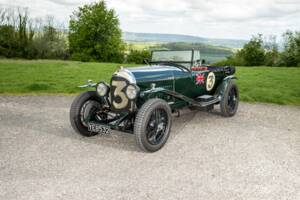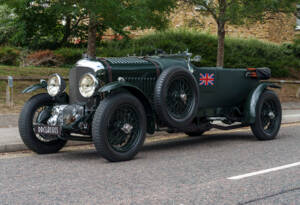Bentley 4 1/2 Litre classic cars for sale
The Bentley 4 1/2 Litre represents one of the finest examples of British pre-war engineering—built between 1927 and 1931, it set new standards in reliability and performance on both road and track. Available in highly individualised coachbuilt bodystyles, the 4 1/2 Litre was as much a status symbol of its era as it was a competitive machine, with its famed 'Blower' variant and Le Mans triumphs marking true historic milestones.
Résultats de la recherche

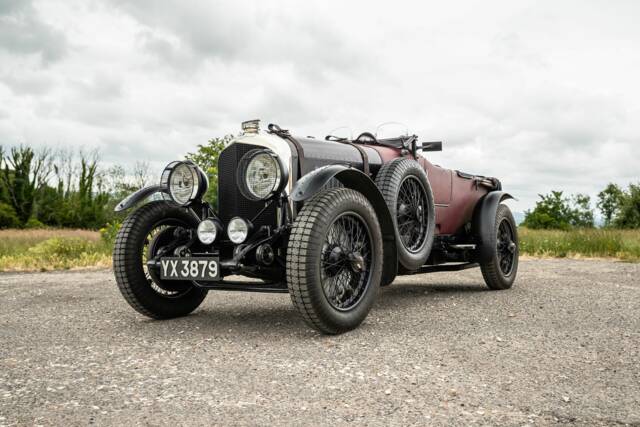
1928 | Bentley 4 1/2 Litre
H.M. Bentley's Finest


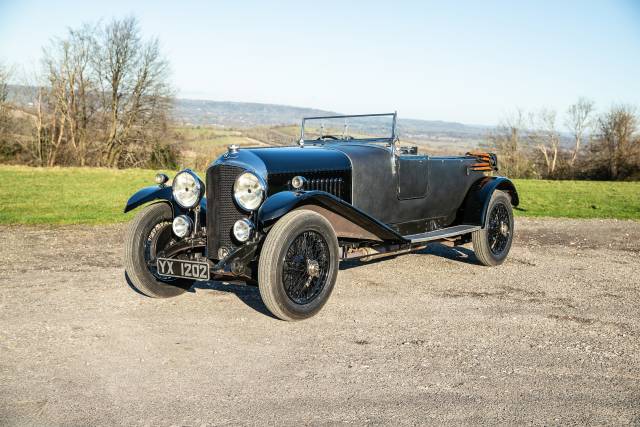
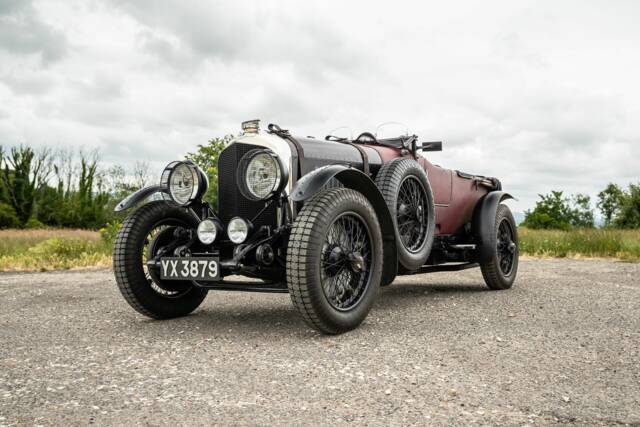
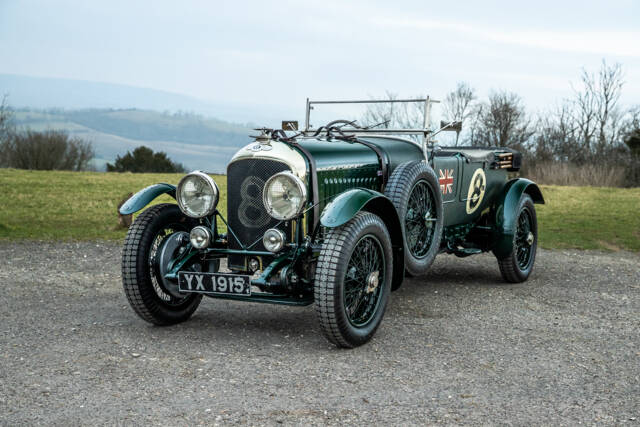

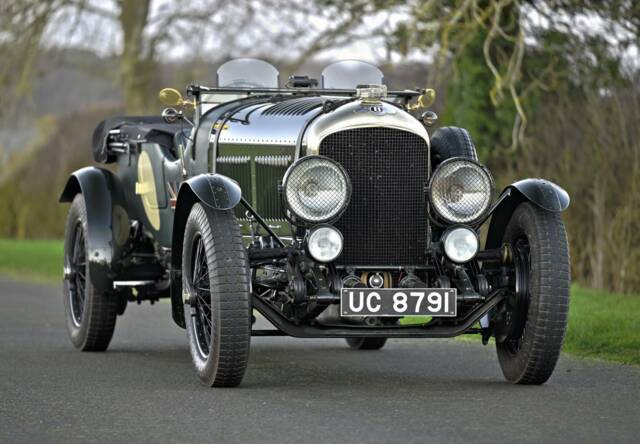
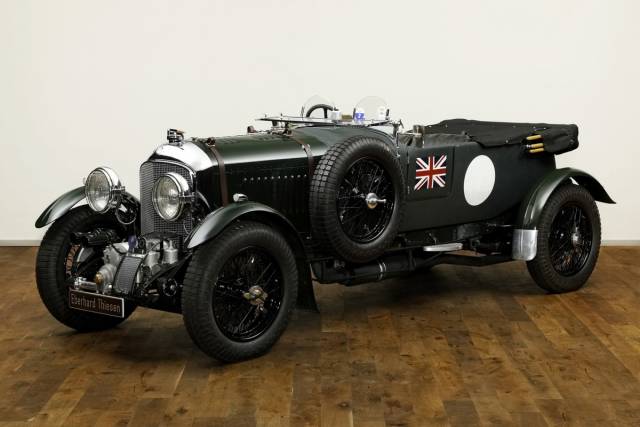
1931 | Bentley 4 1/2 Litre Supercharged
Vanden Plas Tourer Le Mans Style
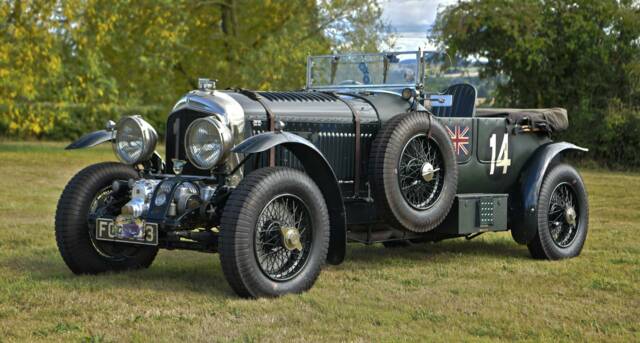

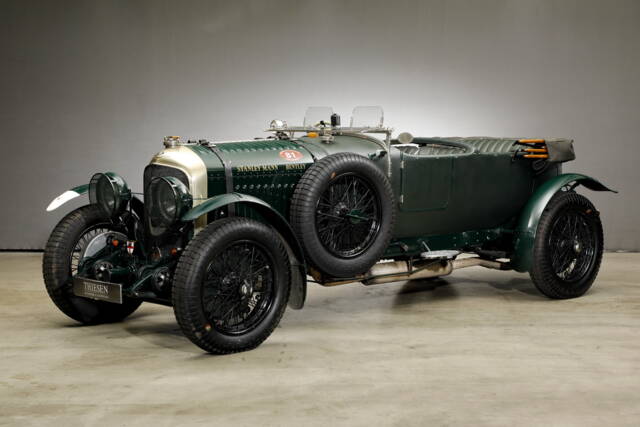
1928 | Bentley 4 1/2 Litre
4 ½ Litre Tourer - Le Mans Team car spec. -
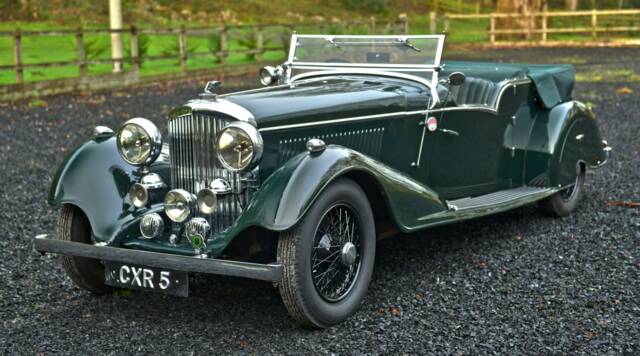
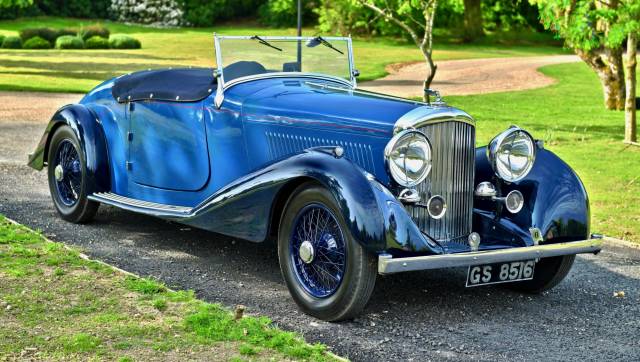
1937 | Bentley 4 1/2 Litre Special
Overdrive ‘MR Series’
History of the Bentley 4 1/2 Litre
The development of the Bentley 4 1/2 Litre began in the late 1920s as a response to the demands of motorsport and a more discerning clientele. The model was introduced as a successor to both the 3 Litre, which had faded in the racing spotlight, and as a more reliable alternative to the tyre-challenged 6 1/2 Litre. Engineered by Walter Owen Bentley, the 4 1/2 Litre saw its debut in an era defined by motor racing rivalry where victory at Le Mans directly translated to success on the market. The 4 1/2 Litre not only clinched the 1928 Le Mans 24 Hours but had strong ties to the so-called 'Bentley Boys'—famous drivers and wealthy enthusiasts who solidified the car’s place in motorsport history. Constructed in just 665 examples, this chassis was offered exclusively in two wheelbase variants—short for a more dynamic drive, and long for increased comfort and stability. Unique bodystyles were crafted to individual customer specifications by legendary English coachbuilders like Vanden Plas, Barker, Park Ward, or Gurney Nutting, further enhancing exclusivity.
Model History
The Bentley 4 1/2 Litre replaced the original 3 Litre Bentley and addressed some of the performance and durability issues seen with the larger 6 1/2 Litre. The model’s robust four-cylinder engine proved reliable in both touring and competitive settings, with many examples entering notable races such as Le Mans and Brooklands. From 1927 to 1931, Bentley produced 720 chassis (with some period sources quoting 665), making this one of the more significant production runs of its era among luxury sports cars. Its direct successor within the Bentley lineage became the Derby Bentleys under Rolls-Royce stewardship post-1931, most notably featuring the 4 1/4 Litre engine.
Highlights of the Bentley 4 1/2 Litre
The 4 1/2 Litre is best known for its performance pedigree and technical innovation. It features a four-cylinder, 4.4-litre overhead camshaft engine, delivering 110 hp in the Touring model and 130 hp in the Sport specification—figures highly competitive at the time. The 'Blower' variant is particularly notable for its external supercharger, which brings power up to 175 hp for the road versions and up to 240 hp for racing configurations. These vehicles set speed records, such as the 138 mph (222 km/h) run at Brooklands in 1932. Coachbuilt bodies ranged from Sports Tourers to Drophead Coupés, all highly individualised. The cars were equipped with features ahead of their time: servo-assisted drum brakes, robust worm and sector steering, and elaborate interiors with Connolly leather, Wilton carpets, and dash panels with engine-turned finish.
Technical Data
Special Editions and Collectible Models
The most prominent special edition is the Bentley 4 1/2 Litre Blower, of which only 55 were built. These cars featured a large Roots-type supercharger mounted in front of the radiator, instantly recognisable and designed strictly for competition use. The Blower Bentleys achieved significant recognition in international racing circuits and set speed records. Beyond the Blower, many coachbuilt one-offs and rare bodystyles exist—some crafted for racing drivers or high-profile personalities, each documented in specialist literature and marque club archives.
Weak Spots and Common Issues
Due to the rugged construction and use of robust, traditional materials, the 4 1/2 Litre is praised for its durability. However, as with all pre-war vehicles, regular inspection of the chassis, axles, and suspension joints is required—especially on cars that have seen motorsport use. Authenticity checks are crucial: many cars have changed components during their lifetime, so confirming matching numbers for engine, chassis, and coachwork is a must for serious buyers. Engines—particularly supercharged variants—require careful lubrication monitoring and period-correct maintenance for optimal function. Brake systems, while effective in period, benefit from modern servicing and regular adjustment. Provenance documentation and a verifiable history are key for establishing value and originality.
Engine and Performance, Transmission and Handling
The unsupercharged 4 1/2 Litre offers a balance of power and smoothness, delivering up to 110 hp in touring configuration and up to 130 hp in sporting trim. The Roots-supercharged Blower increases output to as high as 175–240 hp. The manual 4-speed gearbox (often praised for its positive action) and short wheelbase chassis provide excellent on-road stability, especially by pre-war standards. These cars are noted for their 'dash and docility'—devouring long distances at high speed while retaining ease of control at lower speeds. Handling benefits include precise steering and an advanced chassis layout, and period reports noted the effectiveness of the servo-assisted brakes. Highlighted models:
- Bentley 4 1/2 Litre Blower: Highest output, recognisable supercharger front layout, rarest edition (only 55 made).
- Sports Tourer (Vanden Plas body): Especially sought after for period-correct racing events and rallies.
- Drophead Coupé, Saloon bodied by Park Ward and Barker: Combining comfort with original mechanical specification.
Interior, Comfort, Exterior and Design
Coachwork was almost exclusively bespoke, with well-known builders like Vanden Plas, Park Ward, and Gurney Nutting creating bodies ranging from minimalist sports two-seaters to opulent Saloons. Standard materials included Connolly leather, Wilton carpets, and engine-turned dashboard panels loaded with instrumentation. Notable design elements are the Brooklands-style aero screens, double spare wheel carriers (side or rear), “fishtail” exhausts, and wire wheels (often in green or chrome). Accessories included period-correct tool kits, external handbrake levers, and full weather equipment (canvas hoods). Paint colours were typically dark, with British racing green a frequent choice. Many cars retain unique features ordered by the first customer—each interior and exterior arrangement was tailored to individual tastes, making each example unique.
Other Relevant Features
Concours-quality restorations are common, with many 4 1/2 Litres participating in major rallies, concours events, and historic motorsport meetings. A significant proportion of surviving vehicles feature exhaustive documentation, including original build sheets, MOT certificates, and histories of previous ownership. Club support, particularly from the Bentley Drivers Club, is exemplary. A small number of high-quality replicas created by specialists (such as Bob Petersen Engineering) exist, typically based on correct period Bentley or Rolls-Royce running gear.
Summary
The Bentley 4 1/2 Litre remains a singular figure in the landscape of classic British motoring—revered for its blend of mechanical robustness, custom coachwork, and significant history on both road and race circuit. With top-tier build quality and a celebrated pedigree, the 4 1/2 Litre is not just distinguished by its engineering but by its story, one written with victories, individuality, and lasting influence within the Bentley marque.
